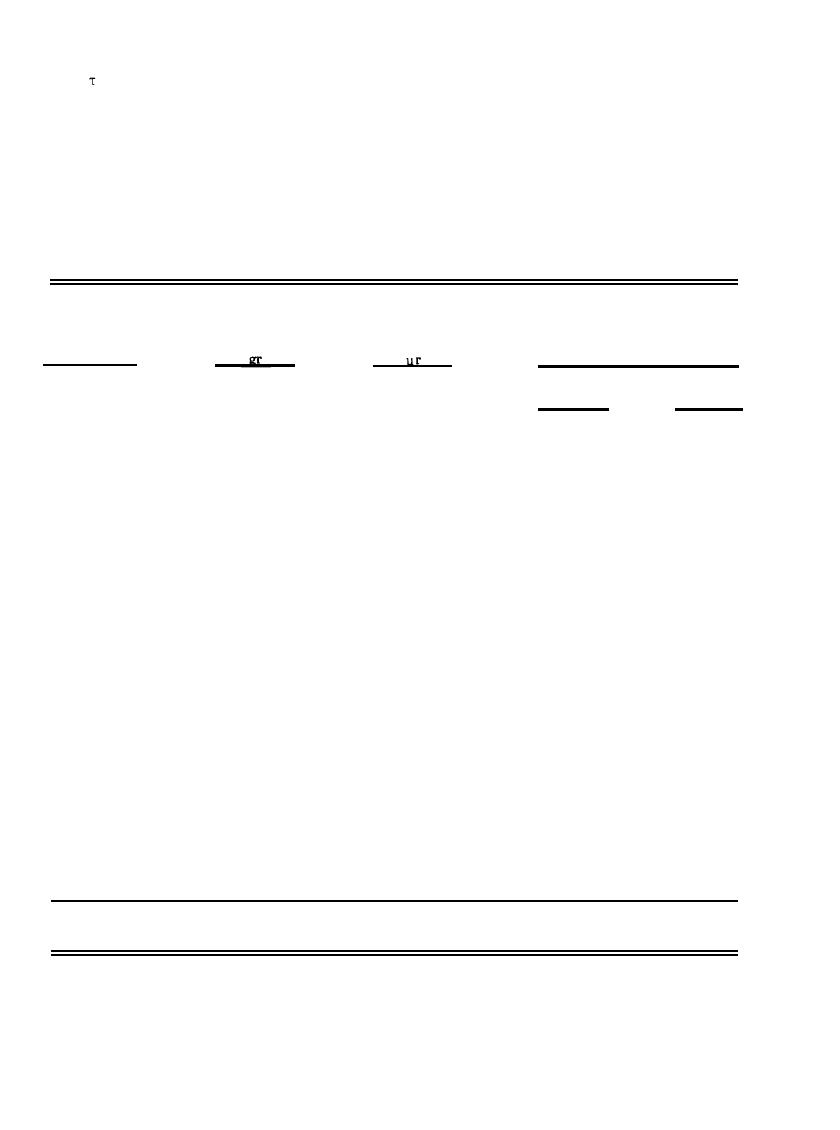

Custom Search
|
|

|
||
 MIL-HDBK-419A
is the transmission coefficient for the shield. The reflection loss includes the reflections at both
where
surfaces of the shield (see Figure 8-2) and is dependent upon the wave impedance and frequency of the
impinging EM wave as well as upon the electrical parameters of the shielding material. It is independent of the
thickness of the shield.
Table 8-1
Electrical Properties of Shielding Materials at 150 kHz (8-3)
Relative
Relative
Permeability
Metal
Absorption Loss
(dB)
1 mil thick
1 mm thick
Silver
1.05
1
51.96
1.32
Copper, annealed
1.00
1
50.91
1.29
Copper, hard-drawn
0.97
1
49.61
1.26
Gold
0.70
1
42.52
1.08
Aluminum
0.61
1
39.76
1.01
Magnesium
0.38
1
31.10
.79
Zinc
0.29
1
27.56
.70
Brass
0.26
1
25.98
.66
Cadmium
0.23
1
24.41
.62
Nickel
0.20
22.83
1
.58
Phosphor-bronze
0.18
1
21.65
.55
Iron
0.17
1,000
665.40
16.90
Tin
0.15
1
19.69
.50
Steel, SAE 1045
0.10
1,000
509.10
12.90
Beryllium
0.10
1
16.14
.41
Lead
0.08
1
14.17
.36
Hypernick
0.06
80,000
3484.00*
88.50*
Monel
0.04
1
10.24
.26
Mu-metal
0.03
80,000
2488.00*
63.20*
Permalloy
0.03
80,000
2488.00*
63.20*
Steel, stainless
0.02
224.40
5.70
1,000
*With no saturation by incident field.
8-7
|
 |
|
 |
||